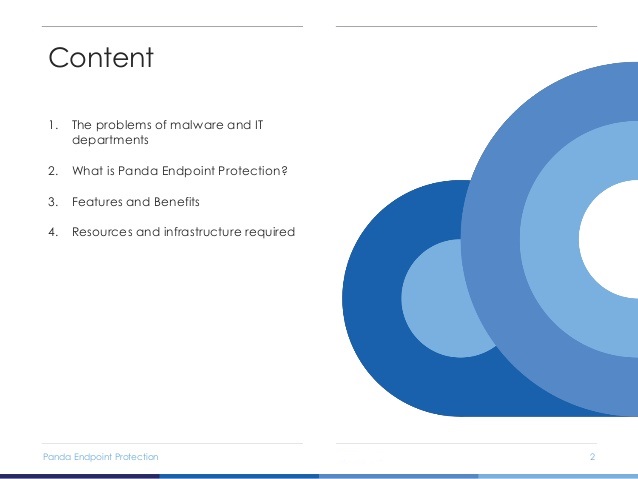

- Panda security endpoint protection reviews android#
- Panda security endpoint protection reviews software#
- Panda security endpoint protection reviews trial#
- Panda security endpoint protection reviews license#
Microsoft Windows 10, Linux, Apple macOS, and Android each have their own individual controls. The Antivirus section offers the option of enabling or disabling various file, mail, and web protection settings. The firewall, likewise, has many of the options you'd expect, and you can assign custom rules so specific programs can be explicitly allowed or blocked. Administrators can choose from a number of smart intrusion prevention settings, too.ĭevice control is another easy to manage feature, that's divided into six categories: Removable Storage, Mobile Devices, CD/DVD/Blu-Ray Drives, Image Capture, Bluetooth, and Modems. Of those, besides explicitly allowing or blocking an entire category, specific devices can be allowed without restrictions in case blocking an entire category is too overbearing. It would have been nice to see a blacklist here as well, but overall, this configuration works.

The settings tab lets an admin add and edit policies that apply to groups of devices. Each policy contains a well thought out series of options. Basic settings such as scheduled scans, updates, and alerts can all be configured from the corresponding operating system option.
Panda security endpoint protection reviews license#
Licenses can also be tracked from here, so if the number of systems added exceeds the current license allotment, then it’s easy to delete those systems or know to purchase additional seats. Systems can be collected together into groups and subgroups. Policies can then be applied to those groups rather than to individual systems. This is an effective system and similar to how F-Secure Protection Service for Business and Bitdefender organize their policies. The computers tab reveals a group-based device management page. Computers can be easily added by downloading the client or emailing a link to a new user. With the added drill-down capabilities of the graphs, we found Panda struck the good balance between aesthetics and functionality. When logging into Panda Adaptive Defense, any services available, including Panda Endpoint Protection are clickable icons on the page. When clicking through to Endpoint Protection, the process begins on a status page. There you'll see graphs of infection frequency grouped into various categories of viruses and spyware, hacking tools, phishing attempts, suspicious items, and more. There is also a handy set of indicators at the top that show which computers have not connected to the cloud recently and are potentially running with outdated protection.

Panda security endpoint protection reviews trial#
The only downside here is that Panda doesn't make a free trial available for evaluation, just a live demo you need to request via the website.

This unique approach may, however, work well for some buyers, so it's worth checking this platform out closely, especially for experienced security professionals. While we really liked Panda's Adaptive Defense overall, its behavioral approach to security is idiosyncratic enough to keep it just behind our Editors' Choice winners in this space, a list that currently includes Bitdefender GravityZone Ultra, ESET Endpoint Protection Standard, and Sophos Intercept X. That's generally a forgivable sin, however, as Apple really doesn't leave many management features available to third-party developers. Like most of the competition, this is a fully managed cloud console with endpoint support for all major desktop and mobile operating platforms with the exception of Apple's iOS. Starting at $60.99 per user per year, Panda Security Adaptive Defense has improved significantly since the last time we looked at it as part of our hosted endpoint protection roundup.
Panda security endpoint protection reviews software#


 0 kommentar(er)
0 kommentar(er)
